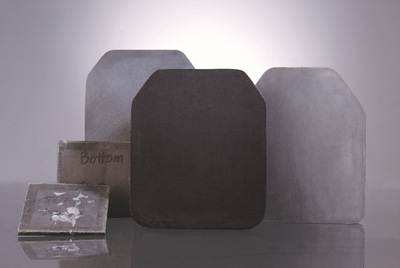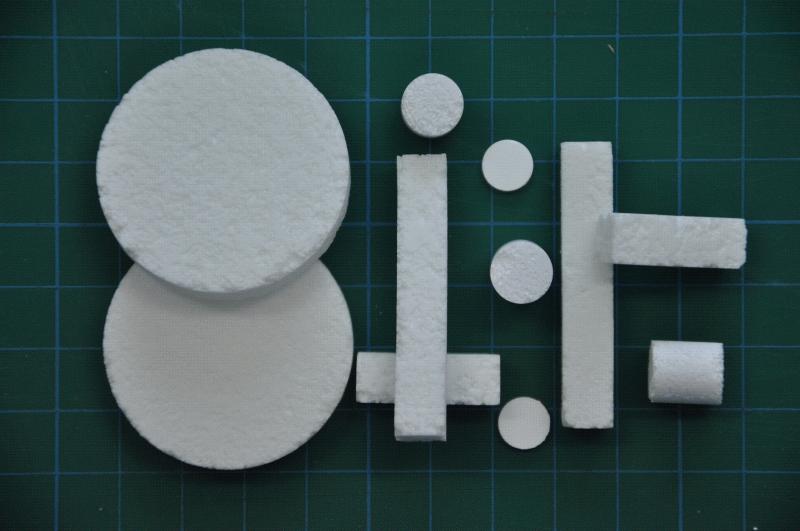Currently, as humidity sensors are more and more widely used in household appliances food, medicine, industry, and agriculture, Therefore, the requirements for humidity sensors are getting higher and higher. In summary, there are the following points:
①High reliability and long life;
②When used in various occasions with corrosive gases (such as Cl2, SO2, etc.), the characteristics of the sensor remain unchanged;
③Used in a variety of polluted environments, such as oil, smoke and other environments, its characteristics will not drift;
④The temperature stability of sensor characteristics is good;
⑤Can be used in a wide humidity range. Such as 1%~100%RH and temperature range, such as 1~100℃;
⑥In the full humidity range, the change of the sensor should be easy to measure, for example, the resistance changes in the range of 10~10 to the 7th power Ω, or the capacitance changes in the range of 10~10 to the 5th power pF;
⑦ Easy to produce and cheap;
⑧ Good interchangeability.
In summary, we can see that humidity-sensitive ceramics are the best material to meet these performance requirements.

Moisture sensor
1. Humidity sensitive ceramic materials
At present, the research and production of a wide range of humidity sensitive ceramic materials, chemical composition is complex, involving a variety of metal oxides from one to six valence and one to multiple systems. According to its humidity characteristics can be roughly divided into resistance, capacitance and impedance type. According to the manufacturing process can be divided into coated film type, sintering body type, thick film type and film type. This section briefly introduces several representative porcelain materials.
(1) Resistance type humidity sensitive ceramic material
This is the most studied and widely used humidity sensitive ceramic material. The typical ceramic material is MgCr2O4 system, and its main crystal phase is MgCr2O4. TiO2 as a doping modification component has the following main characteristics.
① Porous structure
The MgCr2O4-TiO2 binary system has good mechanical and thermal properties at high temperature. MgCr2O4 has a high refractoriness, and Cr is easy to volatilize at high temperature. Therefore, the metal oxides with high Cr content are difficult to be sintered into high density, and the sintered body is a typical porous structure. The percentage of the bulk density of the sample to the theoretical density increased slightly with the addition amount of TiO2. At the same time, the grain size and pore size also increase with the increase of TiO2, and the specific surface area decreases with the increase of TiO2. The crystal grains are connected by a neck-shaped part. The pores are in the shape of an open capillary, so it is easy to absorb water vapor and condense in the capillary. This porous structure can effectively prevent cracking caused by thermal shock, so it can be repeatedly heated without damage.
②Semiconductor
At high temperatures, Cr volatilizes in an atomic state, resulting in excess oxygen in MgCr2O4 and providing a large number of acceptor energy levels, which is expressed as
p-type semiconductor. Resistivity decreases with increasing temperature, has a negative temperature coefficient (NTC) characteristic, and affects the temperature coefficient of humidity of this material
③Humidity sensitivity
The material is very sensitive to adsorbing water and has a stable functional relationship. From the functional relationship, important parameters such as the humidity measurement range, the resistance value under normal conditions (such as the resistance value at 50% RH), the resistance value range under the full humidity range and the sensitivity of humidity can be determined.
④Response speed
The response time of MgCr2O4-TiO2 humidity sensitive ceramics shows that it has reached a complete stability in 30s.
⑤ Hysteresis curve
The humidity rise and fall curves of MgCr2O4-TiO2 material are almost overlapped, and the hysteresis is very small, within ±0.5%RH.
⑥Frequency characteristics
The power frequency has little effect on the humidity-resistance relationship of the material below 10 to the 4th Hz.
⑦All landowners life
Life experiments under various severe conditions show that the material has good life characteristics and reliable performance.
⑧ Humidity temperature coefficient
The influence of temperature on the resistance-temperature curve of MgCr2O4-TiO2 material in the range of 20~80℃. The temperature coefficient at 60%RH is about 3.8%RH/°C.
⑨ Voltage characteristics
When the test voltage is below 5V, its characteristics are almost independent of voltage. When the applied voltage is greater than 5V, it is affected by Joule heat under high humidity.
The content of TiO2 in the MgCr2O4-TiO2 system varies in a wide range [(1-30) mol%], and the humidity sensitivity is good.
Declaration: This article is provided by CERADIR™ users or obtained from Internet, the content does not represent the position of CERADIR™. We are not responsible for the authenticity/accuracy of the article, especially the effects of the products concerned. This article is for study only, it does not constitute any investment or application advice. For reprinting, please contact the original author. If it involves the copyright and/or other issues, please contact us and we will deal with it asap! CERADIR™ has the interpretation of this declaration.







